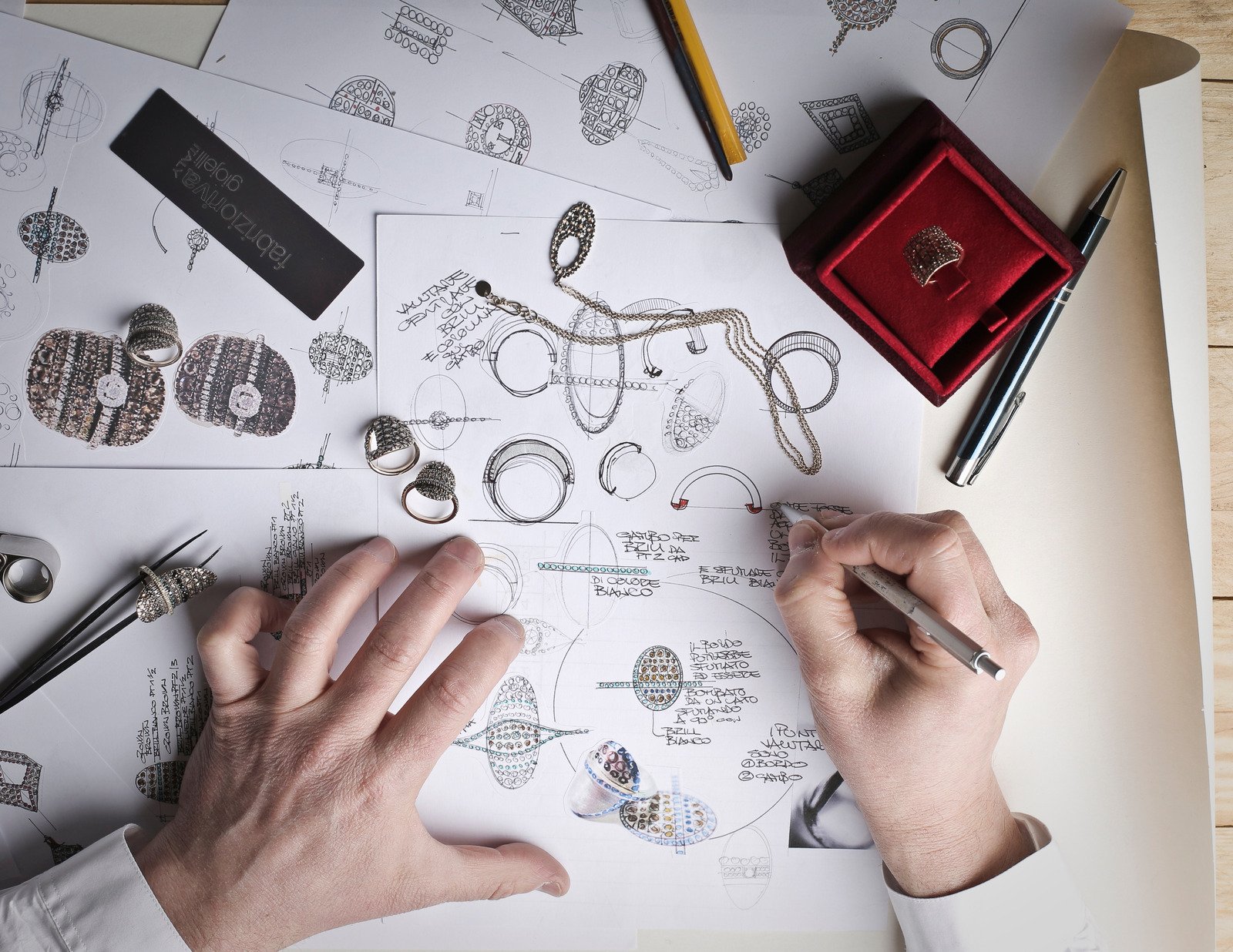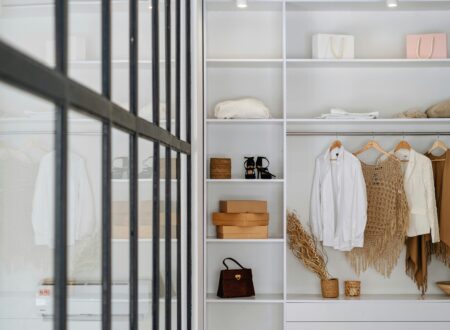Introduction to Design Trends
Design is an ever-evolving landscape, constantly influenced by our culture, technology, and the world around us. As we step into a new era of aesthetics, it’s essential to keep an eye on emerging trends that shape how we create and consume design. From bold colors to sustainable practices, these trends reflect not just style but also values. What does the future hold for designers and consumers alike? Let’s explore the captivating elements poised to redefine our visual experiences in the coming years. Whether you’re a seasoned designer or simply someone who appreciates beauty in everyday life, there’s something here for you. Dive into this journey of discovery as we unveil the dynamic forces driving contemporary design forward.
The Influence of Technology on Design
Technology is driving a seismic shift in design. With tools like AI and 3D printing, creativity knows no bounds. Designers can visualize their ideas faster than ever before.
Software advancements allow for intricate designs that were previously impossible. Virtual reality enables immersive experiences, letting users explore spaces before they’re built. This revolution fosters innovation and collaboration among teams worldwide.
Moreover, technology pushes boundaries in accessibility. Designers are now creating solutions that cater to diverse needs. The emphasis is on functionality without sacrificing aesthetics.
The digital age also means instant feedback from users through social media and analytics tools. This real-time data shapes projects dynamically, allowing for adjustments along the way.
As tech evolves, so does the creative process itself—making it more exciting than anyone could have predicted.
Sustainability and Eco-Friendly Design
Sustainability is no longer a trend; it’s a necessity. Designers are increasingly embracing eco-friendly materials and practices, creating spaces that respect the planet.
Natural elements like reclaimed wood, bamboo, and recycled metals are gaining popularity. These choices not only reduce waste but also add character to designs.
Energy-efficient solutions are making their mark too. From solar panels to LED lighting, the focus is on reducing carbon footprints while enhancing aesthetics.
Biophilic design connects people with nature through organic shapes and living walls. This approach fosters well-being and creates harmonious environments.
Moreover, brands are prioritizing transparency about sourcing materials sustainably. Consumers today demand accountability, pushing companies toward greener practices.
The beauty of sustainability lies in its versatility—each choice can tell a story while promoting environmental stewardship. The future looks promising as designers innovate within this framework.
Minimalism and Simplicity in Design
Minimalism in design emphasizes the essence of simplicity. It strips away excess, focusing on what truly matters. This approach invites clarity and functionality.
Spaces adorned with minimalistic elements often evoke a sense of calm. Clean lines and open layouts create an environment that promotes peace and reduces distractions.
Color palettes tend to be muted, featuring soft neutrals or monochromatic schemes. These choices enhance the overall aesthetic without overwhelming the senses.
Furniture is purpose-driven, combining style with utility. Each piece serves a function while contributing to a cohesive look.
The beauty of minimalism lies in its ability to adapt across various styles—from modern to Scandinavian influences—while maintaining that core principle: less is more. It’s about finding joy in simplicity and making intentional choices that elevate everyday life.
Bold Colors and Patterns
Bold colors and patterns are making waves in the design world. Designers are stepping away from muted palettes, opting instead for vibrant hues that grab attention.
This trend isn’t just about aesthetics; it’s a statement. Bright colors can evoke emotions and create memorable experiences. They invite viewers to engage more deeply with the work.
Patterns play a crucial role too. Geometric shapes, florals, and abstract designs add depth and intrigue to any project. Mixing these elements can lead to unexpected combinations that spark creativity.
Spaces are transforming as well. Interior designers embrace bold wallpapers or striking accent pieces to energize rooms. The result is dynamic environments that inspire those who inhabit them.
Whether it’s fashion, graphic design, or home decor, this fearless approach encourages individuality. It celebrates uniqueness while breaking traditional boundaries in ways we haven’t seen before.
Inclusion and Diversity in Design
Inclusion and diversity are reshaping the design landscape. Designers increasingly recognize the importance of representing various cultures, identities, and perspectives in their work. This shift is not just a trend; it reflects a deeper understanding of society.
When diverse voices contribute to design processes, the outcomes become richer and more relatable. Products that resonate with different demographics foster connection and loyalty among users.
Accessibility has also gained traction as an integral part of inclusive design. Ensuring that everyone can engage with products is vital for reaching a broader audience.
Brands are now embracing storytelling through visuals that celebrate differences rather than homogenize them. This approach enhances authenticity while acknowledging varied experiences.
The infusion of diversity into aesthetics encourages innovation. New ideas emerge when people from different backgrounds collaborate, resulting in unique solutions that challenge conventional norms.
Virtual and Augmented Reality in Design
Virtual and augmented reality (VR and AR) are revolutionizing the design landscape. They offer immersive experiences that allow designers to visualize concepts in real time.
With VR, clients can step inside a 3D model. This tactile engagement deepens understanding and fosters collaboration. Designers can make adjustments on-the-fly based on instant feedback.
AR adds another layer by overlaying digital elements onto the physical world. Imagine placing furniture in your living room through an app before making a purchase decision. It’s not just practical; it enhances creativity too.
These technologies break down barriers, allowing diverse teams to work together from anywhere. The future of design is becoming more interactive and user-centric with every advancement in this space.
As these tools continue to evolve, they will reshape how we perceive aesthetics and functionality in our environments.
Conclusion: Embracing the Future of Aesthetics
As we navigate the ever-evolving landscape of design, it’s clear that creativity knows no bounds. The trends shaping our aesthetic experience reflect a world in constant flux. Technology continues to push boundaries, allowing designers to experiment and innovate in ways previously unimaginable.
Sustainability is more than just a trend; it’s becoming an expectation. Consumers are increasingly drawn to eco-friendly options that align with their values. This shift not only influences product design but also challenges brands to think critically about their environmental impact.
The appeal of minimalism remains strong as people seek simplicity amidst chaos. Clean lines and uncluttered spaces provide a sense of calm and focus, making them timeless choices for any design project.
On the other hand, bold colors and patterns bring vibrancy into the mix, appealing to those who wish to express individuality through lively aesthetics. This juxtaposition between minimalism and maximalism creates exciting opportunities for creative expression.
Furthermore, inclusion and diversity are gaining prominence in design discussions. More voices from different backgrounds contribute unique perspectives that enrich our visual experiences.
Virtual reality (VR) and augmented reality (AR) continue transforming how we engage with designs across various industries—from gaming to architecture—opening new avenues for interaction that were once thought impossible.
Embracing these trends prepares us for what lies ahead in the realm of aesthetics. It’s about staying adaptable while celebrating innovation at every turn—a thrilling journey indeed!





